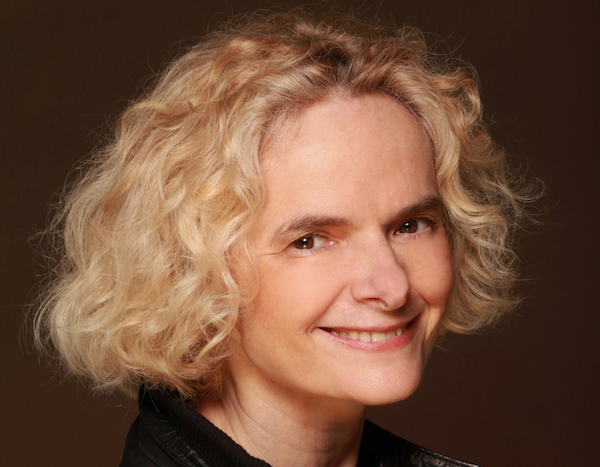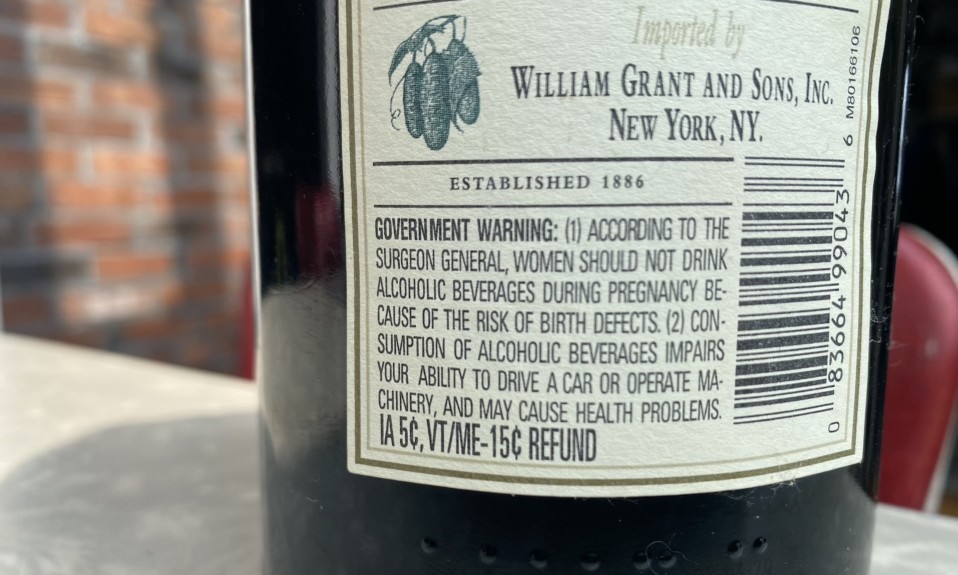Plus: A Reddit subchannel reveals parallels between self-harm behavior and substance addiction, and more support for non-opioid options after surgery
By Mark Mravic
Medication-assisted treatment (MAT) is the acknowledged gold standard in treating opioid misuse, and thankfully the stigma around MAT is slowly eroding. But even as treatments such as methadone and buprenorphine enjoy growing acceptance, patient adherence to the drug remains a real issue. A new Rutgers study shows that pairing MAT with psychosocial and behavioral counseling can go a long way toward keeping people in treatment.
Also this week, more evidence of social media’s value in addiction research, and better non-opioid options for post-surgical recovery.
From the Journal of Substance Abuse Treatment:
Therapy Boosts MAT Adherence
As hard as it is to get people with opioid use disorder (OUD) the treatment they need—more than 70% receive none at all—it’s just as challenging to keep those under care on OUD meds for the long-term. A recent study out of Rutgers emphasizes the key role that psychosocial and behavioral therapy can play in boosting adherence to MAT after a patient begins treatment for an opioid disorder.
“Efforts to ensure adequate availability of psychosocial support services are important to facilitate access for patients who could benefit from therapy.”
—Hillary Samples, Rutgers University
Researchers analyzed five years of data from Medicaid claims, covering nearly 62,000 patients who were prescribed buprenorphine for OUD. They found that about three-quarters of patients received no accompanying counseling at all. Less than 1 in 5 (17.2%) underwent what the authors characterize as “low-intensity” therapy (about twice a month), and fewer than 1 in 10 (9%) received “high-intensity” therapy—which typically reflected co-occurring substance use and other high-risk factors. MAT adherence, the study found, was significantly higher in the first six months of treatment for patients who underwent counseling than for those who didn’t. However, patients with higher-intensity therapy were more prone to an opioid-related health event, including overdose, likely due to their higher risk profile.
While a portion of patients receiving no therapy did stay on buprenorphine, the findings suggest that even low-level therapy could boost MAT adherence significantly. Said study author Hillary Samples, PhD, “Efforts to ensure adequate availability of psychosocial support services are important to facilitate access for patients who could benefit from therapy, such as recent expansions in telehealth that could address current barriers to care.” She added that “further research to understand the relationship between clinical profiles and therapy services is critical to align patient needs with evidence-based treatment to improve medication retention and patient outcomes.”
From the Journal of Behavioral Addictions:
Reddit Yields Insight Into Self-Harm as an Addiction
Reddit is proving to be a useful resource for research into addictive behaviors. Earlier this year we noted how the widely used social media platform could provide early warnings for new designer drugs. In a similar vein, a recent National Institute of Health (NIH) study plumbed Reddit posts to draw intriguing parallels between the language and experiences of substance use disorder (SUD) and the way people who engage in non-suicidal self-harm (such as cutting, burning and scratching) talk about their disorder.

The NIH researchers used DSM-5 criteria typically applied to SUD diagnoses to analyze the posts of 500 users on r/selfharm (which describes itself as “a subreddit for self-harmers to relate to each other, ask questions, and build up a community”). They found that more than three-quarters of users on the subreddit evidenced at least two symptoms associated with addiction, most commonly in the form of urges, cravings, increasing severity and tolerance. Redditors also frequently employed SUD-related words such as “clean,” “relapse,” “recovery” and “addict.” Noting that there are few accepted treatments for self-harm, and none that would qualify as evidence-based, the authors suggest clinicians dealing with self-harming patients might consider adapting strategies from SUD treatment, especially those aimed at reducing cravings.
“Non-suicidal self-injury is often private and hidden, and like substance use disorders, is highly stigmatized and can lead to significant harm if left undiagnosed and untreated,” NIDA director Nora Volkow, MD, said in a release. “Though this study alone does not demonstrate that self-injury can necessarily be classified as an addiction, learning more about the addictive-like behaviors of self-harm will be crucial to improve our understanding and treatment of this condition.”
From the Journal of Orthopaedic Experience & Innovation:
Who Needs Opioids After Knee Surgery?
While opioid prescribing rates continue to fall in response to shifting guidelines, pain management for people undergoing surgery remains a considerable concern. A growing number of doctors are exploring novel treatments for surgical pain that skip opioids in favor of multimodal regimens that present less risk—for misuse, abuse, dependence and overdose—but provide similar relief. In that light, a study from Louisiana State University found that two-thirds of patients who underwent total knee replacement did not need opioids during recovery.
The doctors deployed a range of pain-management tools, including nerve freezing, nerve blocking, and non-opioid analgesics and anesthetics, both during and after the operations. For 27 of the 40 patients studied, that regimen provided adequate relief. Interestingly, the eight patients who had been taking prescribed opioids for their pain before surgery all required opioids during the three months afterward, and their reported pain scores during recovery were higher than those for non-opioid patients.
The study’s authors note that “although there is no consensus about the optimal multimodal pain protocol for use in [total knee replacement], a growing body of evidence indicates that modalities that target a variety of pain pathways can produce additive or synergistic benefits. Given the well-known costs of prescription opioids, orthopedic surgeons should seek to use the full range of available tools to reduce pain, promote recovery, and minimize opioid consumption.”
Top photo: Roman Kraft














